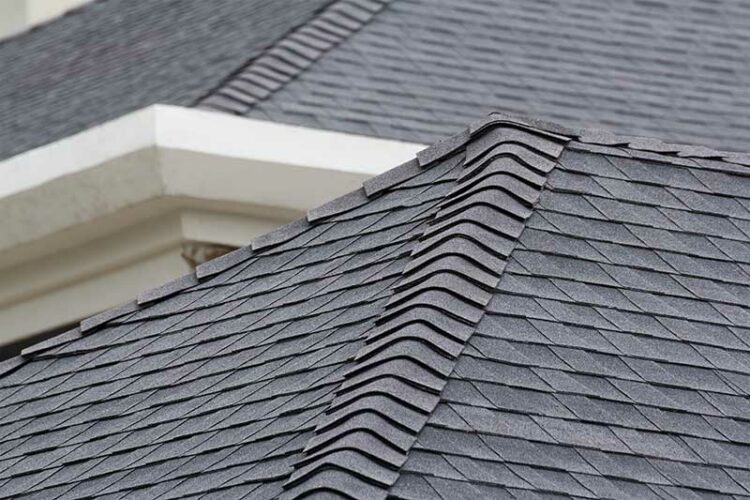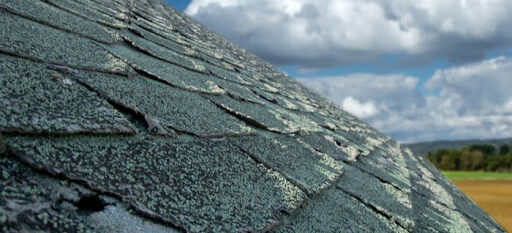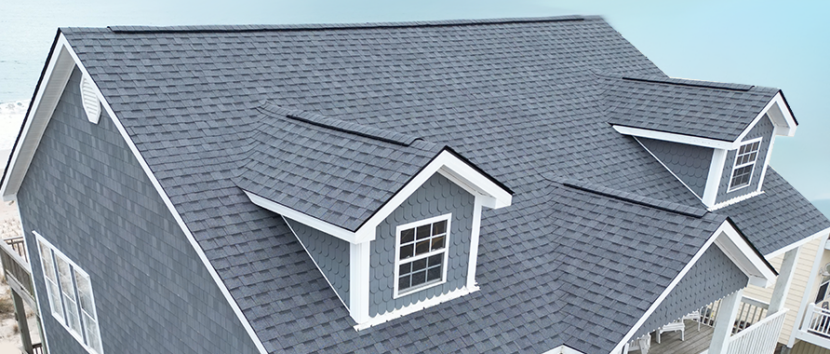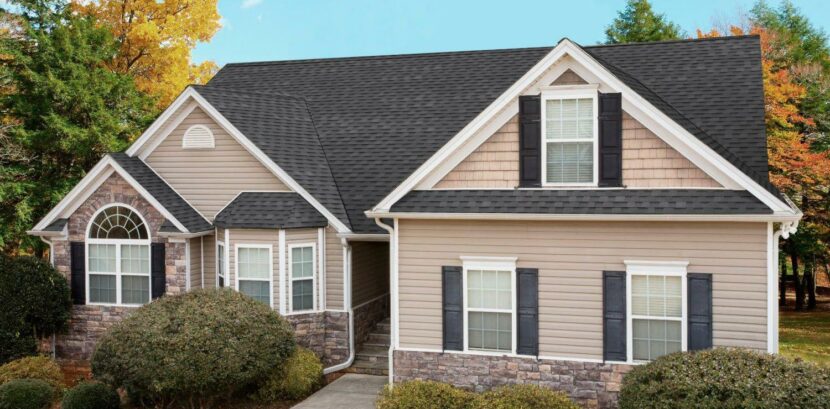Asphalt Shingles vs Rubber Roofing

Asphalt is the roofing industry’s longest success stories. Ancient civilizations began using it as waterproofing centuries ago. From there, it bounced across continents when Henry Reynolds of Michigan installed the first asphalt shingles in 1903. Despite its longevity, other innovative fabrications have hit the market in recent years, and EPDM or rubber shingles is one of its greatest rivals.
Your roofing is only as strong as its capacity to bend to pressure. Synthetic rubber can tolerate extreme temperature swings, high winds, and moisture. That doesn’t necessarily make it superior, of course. Asphalt’s beauty and surprisingly low price have secured its spot in the roofing space. Let’s find out which one wins the rivalry.
Longevity
Asphalt
Asphalt shingles usually last 20 years if well-maintained. That lifespan depends on the kind of shingle you choose. Three-tab products are affordable but may only last 15 years. Architectural shingles are slightly more robust, offering up to 30 years of protection. Premium shingles can push that number all the way up to 40 years.
Rubber
EPDM shingles will outlive even the best asphalt, offering a lifespan of between 30 and 50 years. That said, you can’t plan a roof replacement according to estimated numbers—the weather plays an important role in your roof’s lifespan as well.
Get a Free Estimate Today
50% off installation. Special financing available. See details.
Climate resistance
Asphalt
Asphalt is highly sensitive to the weather. It wears particularly poorly in hot climates. Sunshine accelerates breakdown through UV exposure, warping, and even melting. You can defend against much of the damage by choosing shingles that are designed to reflect and withstand sunlight, but that won’t prepare you for winter.
In cold weather, the material becomes brittle, and cracks usually follow. As temperatures swing between extremes, penetrated water will expand and contract as it melts and freezes. That creates even more destruction, allowing water to penetrate even further in an unforgiving domino effect.
Rubber
EPDM is a weather-defying champion. It resists hurricane damage exceptionally well. Its UV-resistance makes it the perfect roofing for desert and sunshine states. It’s also a highly water-resistant option that isn’t prone to rust or moss growth. EPDM’s flexible properties prevent cracks and tears.
Routine maintenance can help you to overcome the weather’s destructive tendencies, but some roofs are easier to maintain than others.
Maintenance
Asphalt
As asphalt shingles wear down, their protective granules erode away, exposing the delicate layer underneath to damage. To prevent exposure, you must fight an unyielding battle against granule loss. Moss and algae like nothing more than an asphalt roof. As they grow, they trap moisture against the surface, accelerating damage. Asphalt roofing needs at least two professional inspections a year. You’ll also have to work consistently to remove overhanging branches.
Rubber
EPDM roofing is applied in rolls. It has fewer seams than asphalt and is thus impermeable to the weather. When damage does occur, all it needs is a simple patch. If you clean debris from your roof regularly, you shouldn’t need extensive annual maintenance. That makes it remarkably affordable to maintain, but are its upfront costs equally attractive?
Costs
Asphalt
Asphalt shingles will set you back anywhere from $5 to $15 per square foot. Bitumen is a cheaper material than EPDM upfront, but it’s far more complicated and time-consuming to install. It requires delicate cutting and careful detailing. Every shingle must be placed and sealed individually. If this phase is handled poorly, it will give the elements access to your delicate underlayment, so you’ll need an experienced installation crew.
Rubber
While EPDM is more expensive than asphalt as a raw material, it’s so easy to install you’ll barely get through a series marathon before your roof is complete. A standard, flat EPDM roof can be installed in just a few days. The material simply needs to be rolled, adhered, and cured. While adhesives need time to set, the installation process requires less precision than asphalt. The savings you make on labor costs make rubber the cheaper option.
Eco-Friendliness
If you’re a champion of the earth, you’ll want a recyclable roofing option that has a low impact on global warming. EPDM rubber wins the race yet again. Asphalt shingles are non-renewable and contribute significantly to construction waste. If you’re committed enough to shrinking your ecological footprint, rubber shingles can even be used as the foundation for a green roof that absorbs rain and acts as a wildlife biome. Its extended lifespan also contributes to its environmental impact.
Elasticity is strength. It allows EPDM to absorb shock and resist abrasion, but old-fashioned rubber roofing tended to be unattractive. Fabricators and industrial designers have developed new rubber shingles that can mimic the beauty of asphalt. Flashing details and angle change securement have given EPDM a level of sophistication that was impossible just five years ago. Who says you can’t have the best of both worlds?
Schedule a free estimate with 1-800-HANSONS if you’re looking for high-quality rubber roofing.















